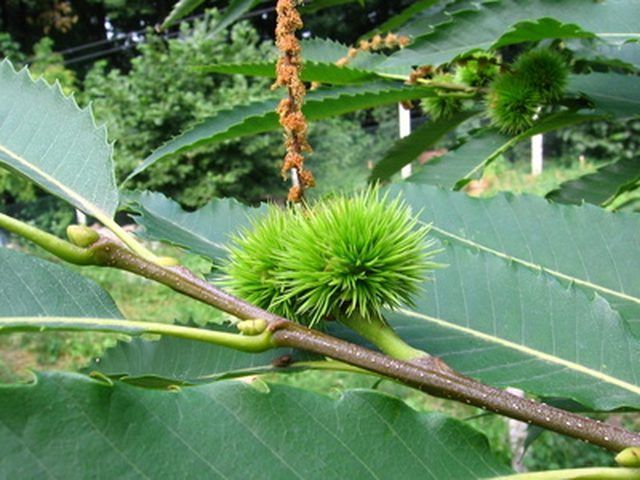Bulbs
Flower Basics
Flower Beds & Specialty Gardens
Flower Garden
Garden Furniture
Garden Gnomes
Garden Seeds
Garden Sheds
Garden Statues
Garden Tools & Supplies
Gardening Basics
Green & Organic
Groundcovers & Vines
Growing Annuals
Growing Basil
Growing Beans
Growing Berries
Growing Blueberries
Growing Cactus
Growing Corn
Growing Cotton
Growing Edibles
Growing Flowers
Growing Garlic
Growing Grapes
Growing Grass
Growing Herbs
Growing Jasmine
Growing Mint
Growing Mushrooms
Orchids
Growing Peanuts
Growing Perennials
Growing Plants
Growing Rosemary
Growing Roses
Growing Strawberries
Growing Sunflowers
Growing Thyme
Growing Tomatoes
Growing Tulips
Growing Vegetables
Herb Basics
Herb Garden
Indoor Growing
Landscaping Basics
Landscaping Patios
Landscaping Plants
Landscaping Shrubs
Landscaping Trees
Landscaping Walks & Pathways
Lawn Basics
Lawn Maintenance
Lawn Mowers
Lawn Ornaments
Lawn Planting
Lawn Tools
Outdoor Growing
Overall Landscape Planning
Pests, Weeds & Problems
Plant Basics
Rock Garden
Rose Garden
Shrubs
Soil
Specialty Gardens
Trees
Vegetable Garden
Yard Maintenance
How to Tell Chestnut Trees From Chinese Chestnut Trees
How to Tell Chestnut Trees From Chinese Chestnut Trees. Most of the chestnut trees you will find in North America are not the American chestnut tree native to the Americas. In the 1900s, a fungus called chestnut blight was inadvertently brought from China to the United States, and this fungus destroyed almost all of the American chestnut trees. The...

Most of the chestnut trees you will find in North America are not the American chestnut tree native to the Americas. In the 1900s, a fungus called chestnut blight was inadvertently brought from China to the United States, and this fungus destroyed almost all of the American chestnut trees. The Chinese chestnut was immune to the effects of the fungus and came to replace the American chestnut in North America. There are currently projects to begin to replant and cross-breed the American chestnut with other species to give it an advantage and allow it to become the dominant chestnut species in North America once again.
Look at the leaves of the chestnut tree you are identifying. American chestnut tree leaves are large, and the body of the leaf is a long, thin oval. The Chinese chestnut tree's leaf is smaller and more circular. The "teeth," or grooves of the leaves, on the American chestnut tree are deeper than its Chinese counterpart and slightly curved. The Chinese chestnut tree does not have curved teeth.
Look at the underside of the leaf. Chinese chestnut tree leaves have a fuzzy underside, while the American chestnut tree's leaf is mostly smooth on the bottom, with a few hairs along the middle seam of the underside of the leaf.
Look at the twigs of the tree. American chestnut trees have smooth, small twigs. Chinese chestnut trees have large, hairy twigs.
Look at the trunk of the tree. The trunk of American chestnut trees is slim and very straight. The Chinese chestnut has a larger trunk that may taper or curve.